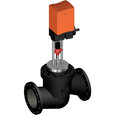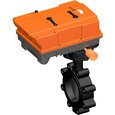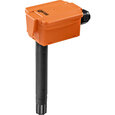Industrial HVAC Problems & Solutions
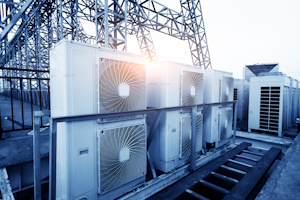
Figure 1: Industrial HVAC systems are typically large and require a lot of space.
Ensuring industrial HVAC systems receive regular maintenance is crucial since these systems maintain a comfortable environment for workers and endure the demands of industrial processes. This article overviews the significance of HVAC systems in industrial settings, the recommended frequency for maintenance, and the consequences of ignoring industrial HVAC maintenance.
View our online selection of HVAC products!
Industrial HVAC purpose
-
Temperature and humidity control:
- Required for precise industrial process functioning
- Slight deviations in pharmaceutical manufacturing can affect medication effectiveness
-
Air quality and ventilation:
- Indoor air quality is crucial in industrial settings
- HVAC systems filter out dust, chemical vapors, and pathogens
- Essential in chemical manufacturing to mitigate health risks from toxic fumes
-
Energy efficiency:
- Industrial HVAC systems are significant energy consumers
- Technological advances have improved energy efficiency
- Operational costs and environmental impact reduced
- Energy recovery ventilators and economizers recycle heat and utilize outside air for cooling
-
Worker comfort and productivity:
- HVAC systems ensure a comfortable work environment
- Good air quality and temperatures boost productivity
- Proper climate management leads to an alert and efficient workforce with fewer errors
Servicing frequency for HVAC maintenance
At a minimum, industrial HVAC units should undergo annual servicing by a qualified technician. However, the exact frequency may vary based on several factors:
- System complexity: More intricate systems necessitate more frequent checks.
- Operating conditions: Systems operating continuously or in dusty environments require more regular servicing.
- System age: Older systems typically need more frequent maintenance than newer models.
Risks of neglecting HVAC maintenance
Ignoring HVAC maintenance in an industrial facility can lead to several issues:
- Air quality deterioration: Neglecting industrial HVAC repair can result in heightened levels of dust, mold, and other contaminants, adversely affecting employee health and, in severe cases, causing fires or explosions.
- Reduced efficiency: A neglected system must work harder to circulate air, increasing energy use and operational costs.
- Increased breakdowns: Systems without proper upkeep are prone to failures, potentially requiring expensive repairs or replacements.
Common issues and fixes
The following information overviews components typically found in an industrial HVAC system, their common issues, and fixes for these issues.
-
HVAC valves: Valves in an HVAC system control the flow and pressure of air, water, and refrigerant. They are essential for regulating the performance of heating, cooling, and refrigeration systems. Typical types of valves used in HVAC systems include:
- Ball valves: provide reliable shut-off capabilities
- Globe valves: known for their ability to throttle and regulate flow
- Butterfly valves: used for isolating or regulating the flow of large volumes of air or water
- Solenoid valves: electrically controlled for precise operation
- Check valves: prevent backflow in the system.
- Common issues: Leaks, stuck valves due to sediment or corrosion, and improper regulation that can affect system efficiency.
- Fixes: Tightening or replacing valve packing to address leaks, lubricating or replacing stuck valves to ensure smooth operation, and adjusting or recalibrating control valves to ensure proper flow and pressure control within the system.
-
Air handling unit (AHU): The AHU is a large metal box containing a blower, heating or cooling elements, filter racks, sound attenuators, and dampers. It conditions and circulates air as part of the HVAC system.
- Common issues: Clogged filters, motor failure, and belt wear
- Fixes: Regularly replace or clean filters, schedule motor maintenance, and inspect belts for tension and wear
-
Ductwork: Ducts are conduits or passages used in HVAC systems to deliver and remove air. They distribute airflow from the AHU to various parts of the building.
- Common issues: Leaks, blockages, and poor insulation
- Fixes: Seal leaks with duct tape or mastic, clear blockages, and improve insulation to prevent energy loss

Figure 2: In industrial spaces, ductwork is used to transport conditioned air throughout the space.
-
Vents and diffusers: Vents and diffusers distribute conditioned air throughout the building. They also help maintain consistent indoor air quality and comfort levels.
- Common issues: Obstruction, dirt accumulation, and imbalance in air distribution
- Fixes: Remove obstructions, clean vents and diffusers, and adjust dampers to balance airflow.
-
Compressor: The compressor is part of the HVAC's refrigeration system, raising the temperature and pressure of the vapor refrigerant that leaves the evaporator coil.
- Common issues: Overheating, refrigerant leaks, and electrical issues
- Fixes: Ensure adequate ventilation, repair leaks, and check electrical connections and capacitors
-
Condenser coil: Located outside the building, the condenser coil releases heat from the refrigerant into the outdoor air by condensing the refrigerant from a gas to a liquid.
- Common issues: Dirt and debris buildup, and fan motor malfunctions
- Fixes: Clean the coils regularly and replace the fan motor if it fails
-
Evaporator coil: The evaporator coil absorbs heat from the indoor air, allowing the refrigerant to evaporate and cool the building.
- Common issues: Ice buildup, dirt accumulation, and refrigerant leaks
- Fixes: Check for proper airflow, clean the coil, and repair any leaks
-
Thermostat: The thermostat is the system's control unit, which monitors and regulates the temperature of the indoor environment.
- Common issues: Calibration issues, wiring problems, and battery failure
- Fixes: Recalibrate the thermostat, check and repair wiring, and replace batteries or the thermostat if necessary
-
Filters: Filters remove particles and contaminants from the air to improve indoor air quality and protect HVAC equipment.
- Common issues: Clogging and improper fit
- Fixes: Replace filters regularly and ensure they fit correctly to prevent bypass airflow
-
Chillers: Chillers remove heat from the liquid via a vapor-compression or absorption refrigeration cycle, providing chilled water for air conditioning and industrial processes.
- Common issues: Scale buildup, reduced efficiency, and refrigerant issues
- Fixes: Perform water treatment to prevent scale, conduct regular maintenance for optimal performance, and check refrigerant levels
-
Boilers: Boilers are used in HVAC systems to generate steam or hot water, which is then distributed through the building for heating purposes.
- Common issues: Scale buildup, corrosion, and pilot or ignition problems
- Fixes: Regularly clean and inspect for corrosion, and troubleshoot pilot or ignition issues according to the manufacturer's instructions
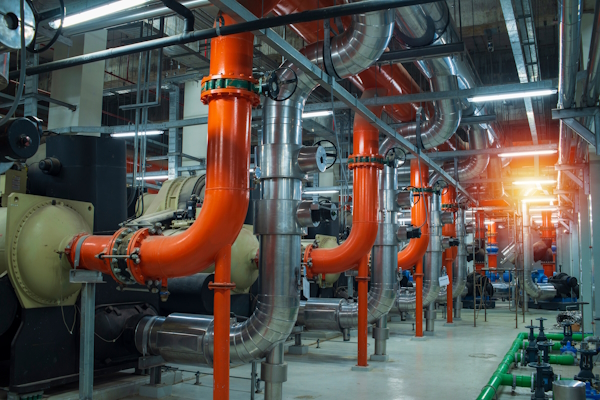
Figure 3: Industrial chillers and boilers remove and add heat to the air, respectively.
-
Cooling towers: Cooling towers are heat rejection devices that release waste heat to the atmosphere through the cooling of a water stream to a lower temperature.
- Common issues: Algae growth, scale formation, and fan issues
- Fixes: Use water treatment to control algae and scale, and maintain or replace fans as needed
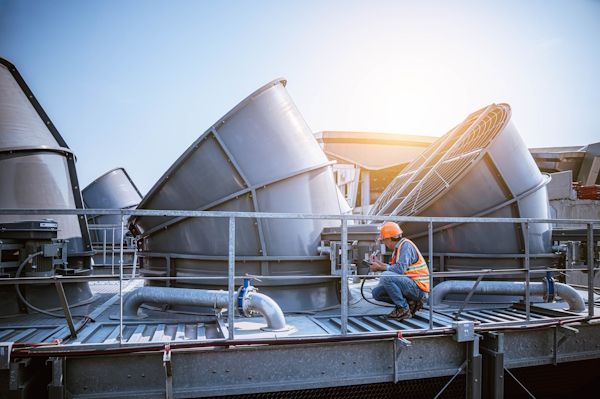
Figure 4: Industrial cooling towers release waste heat into the atmosphere.
-
Pumps: Pumps are used to circulate hot water, chilled water, or refrigerant throughout the system.
- Common issues: Leaks, pump failure, and noise
- Fixes: Repair leaks, replace or repair faulty pumps, and install vibration dampeners to reduce noise
FAQs
What is industrial HVAC?
An industrial HVAC system functions similarly to a residential or commercial system but is likely more complex and larger to service larger spaces.
What is an industrial air conditioning system?
An industrial air conditioning system conditions the air and likely uses ductwork to transport the air throughout a large, industrial space.






